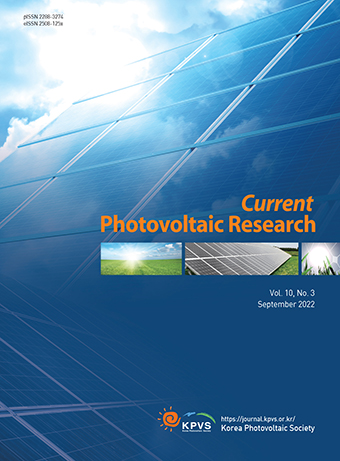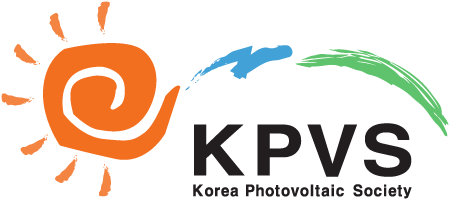Abstract
References
Information
Bothe, K., Sinton, R., Schmidt, J., 2005. Fundamental boron-oxygen-related carrier lifetime limit in mono- and multicrystalline silicon. Progress in Photovoltaics: Research and Applications 13, 287-296. https://doi.org/10.1002/pip.58610.1002/pip.586
J. Zhao, A. Wang, M. A. Green, Performance degradation in CZ(B) cells and improved stability high efficiency PERT and PERL silicon cells on a variety of SEH MCZ(B), FZ(B) and CZ(Ga) substrates. Progress in Photovoltaics: Research and Applications 8, 549-558 (2000).
10.1002/1099-159X(200009/10)8:5<549::AID-PIP346>3.0.CO;2-Y
- Publisher :Korea Photovoltaic Society
- Publisher(Ko) :한국태양광발전학회
- Journal Title :Current Photovoltaic Research
- Volume : 12
- No :1
- Pages :6-16
- Received Date : 2024-02-07
- Revised Date : 2024-03-14
- Accepted Date : 2024-03-15
- DOI :https://doi.org/10.21218/CPR.2024.12.1.006




 Current Photovoltaic Research
Current Photovoltaic Research







